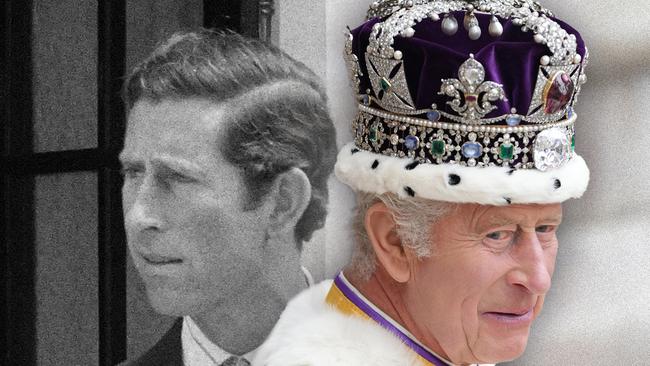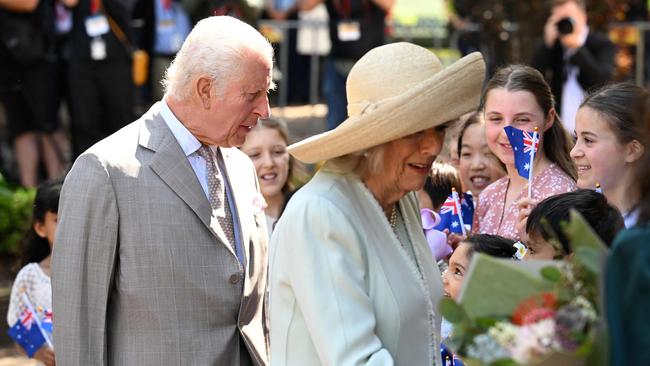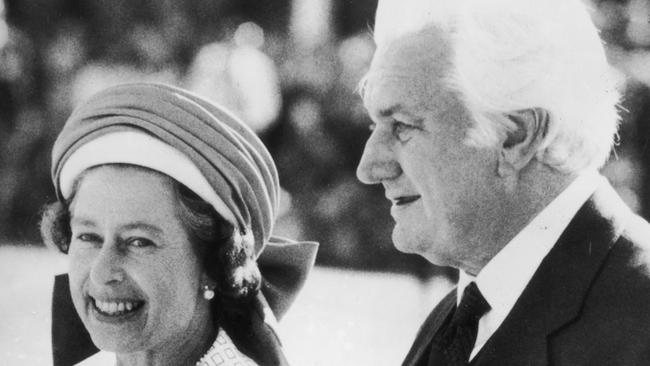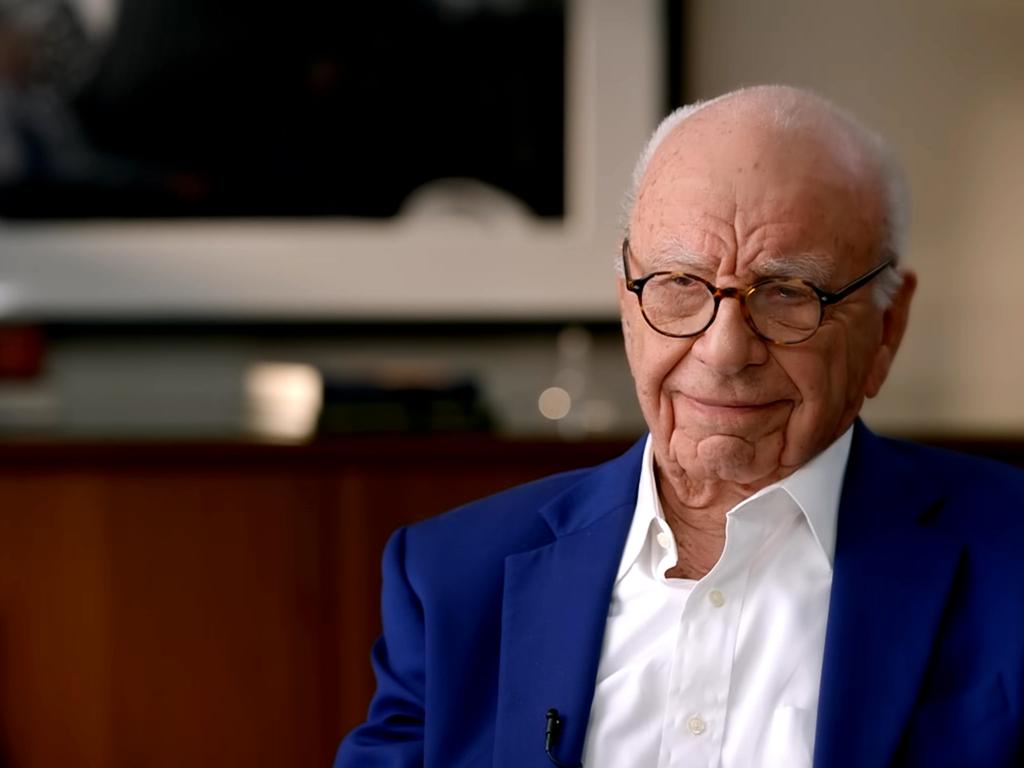
It was termed the minimalist republic position. There were also some republicans who wanted a directly elected president, which would have led to a situation where Australia had a directly elected president and an indirectly elected prime minister. And then there were the constitutional monarchists.
Many direct election republicans voted No in the referendum believing that if the minimalist cause went down in 1999 it would not be long before the direct election cause prevailed. Ted Mack, who had retired as the independent MP for North Sydney in 1996, was in this camp.
It so happened that, on the night of the referendum, Mack and I were on the Sky News election panel. Not long after Mack died in November 2018, pollster Andrew Catsaras posted this tweet: “An exchange I recall on night of republic referendum between minimalist republican Gerard Henderson & direct electionist Ted Mack. GH: ‘You’ve sunk the referendum.’ TM: ‘There’ll be another in a few yrs.’ GH: ‘Not in your lifetime.’ ”

And so it came to pass. It’s a quarter of a century since the republican referendum. Sure, the queen is dead. But now it’s a case of “Long live the King” as King Charles III has arrived in Australia for his visit as monarch.
Moreover, the republican cause is in disarray.
Writing in these pages on October 15, avowed republican Troy Bramston commented: “The Australian Republic Movement has been utterly and comically inept and invisible in recent decades. It has not advanced the cause one iota.”
The ARM’s most recent plan, released in January 2022, proposed that Australian voters should get to choose a head of state from a list of up to 11 candidates. One would be chosen from each state and territory and three from the federal parliament. It is a form of direct election and most unlikely to succeed.
In one sense, the republican cause did relatively well in 1999 since the Yes case achieved a 45 per cent national vote.
But Yes did well only in Victoria and NSW and was nowhere near a majority in the other four states – two of which, in addition to Victoria and NSW, would have to attain a majority for constitutional change to occur.
In December last year the ARM wrote a somewhat embarrassing letter to the King asking him to consider “publicly supporting the will of the Australian people and their desires to move to a republic”. This week the ARM released Buckingham Palace’s reply, dated March 11.
The King’s assistant private secretary made the obvious point that “whether Australia becomes a republic is … a matter for the Australian public to decide”.
As to the ARM’s implied suggestion that it speaks for a majority of Australians – this is a dubious claim. The likes of former ARM chairman Peter FitzSimons were wont to claim that support for a republic would surge after Queen Elizabeth’s death. It didn’t.
Then there is the passage of time. The 1999 referendum occurred before al-Qa’ida’s terrorist attack of September 11, 2001, on the US. This was a unifying factor among the Five Eyes nations – the US, Britain, Canada, Australia and New Zealand. All except the US are constitutional monarchies.
Bramston is a sensible republican. But he does not understand the star quality of the monarchy at a time of mass media. Bramston regards the King’s coronation as consisting of “pomp and pageantry” that was ridiculous. To others, however, it was high entertainment with a splash of history.

Speaking of history, the latest royal visit has added to the conspiracy about the dismissal of Gough Whitlam’s Labor government by governor-general Sir John Kerr on November 11, 1975.
Malcolm Fraser, an arrogant and stubborn Coalition opposition leader, decided to block supply in the Senate. And an arrogant and stubborn Labor prime minister Whitlam attempted to govern without supply.
Kerr resolved the deadlock by dismissing Whitlam (who would not call an election) and appointing Fraser as prime minister (provided he held a double-dissolution election before the end of the year). The Coalition won a landslide victory on December 13, 1975.
Kerr used the reserve powers to dismiss the Whitlam government in his capacity as governor-general representing Queen Elizabeth. Over half a century this has led to a body of conspiracy theorists claiming, variously, that Kerr acted in accordance with the wishes of the queen, the US State Department, the CIA and more besides.
I am one of the few people around today, outside of Kerr’s family, who had discussions and correspondence with Kerr about the dismissal. Kerr made it clear that he acted as he did to keep the palace out of the controversy.
Paul Kelly and Bramston are critical of Kerr for not advising Whitlam of his intentions. But in their book The Truth of the Palace Letters: Deceit, Ambush and Dismissal in 1975 they debunk the conspiracy theory that the palace in general and the queen in particular gave the nod to Kerr to sack Whitlam.
New ABC chairman Kim Williams has done well in speaking out against journalists who are biased or who want to be activists. But he has yet to address the key problem with the taxpayer-funded public broadcaster. Namely, the lack of viewpoint diversity. It is producers, not presenters, who are primarily responsible for the talent that appears on ABC programs.
On October 9, Jenny Hocking was interviewed by David Marr on Radio National Late Night Live. Hocking, author of The Palace Letters: The Queen, the Governor-General, and the Plot to Dismiss Gough Whitlam, is the principal conspiracy theorist when it comes to the dismissal and the palace. She used the occasion to restate the allegation that Charles was “up to the neck” in the dismissal. This view has been heavily contested by Kelly and Bramston – but their view was not heard on LNL.
The fact is that in November 1975 Kerr would have acted as he did if he were president and Australia was a minimalist republic. The Charles conspiracy theory is absolute tosh.
Gerard Henderson is executive director of The Sydney Institute.





On November 6, 1999, I voted Yes at the constitutional referendum to replace Queen Elizabeth II and the governor-general with a president appointed by two-thirds majority of the members of the Australian parliament.